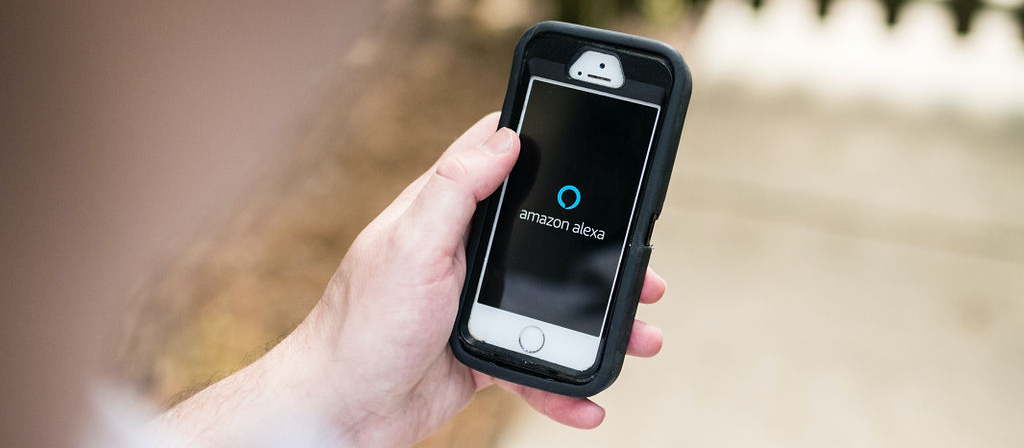To successfully install, connect, and setup your devices, you will need:
- A mobile device (a smartphone is preferred, but a tablet will also work) with the latest version of Android or iOS (Apple’s operating system).
- Dependable Wi-Fi internet service at the locations where the devices will be installed.
- Access to the router, its ID, and password.
- A system for creating and managing multiple secure passwords. Learn more about password creation and management.
- A person who has the comfort and ability to install and support the devices. This may include rebooting the router, plugging devices into it, and understanding how devices connect to Wi-Fi and the internet.
- An understanding of the limitations of your home construction, electrical system, and internet connection (and how to install devices that will work with your home).
- Professional support where necessary (such as an electrician for devices that need to be hardwired, like smart switches).
Power Sources
Most smart home technology requires a power source. The most common power sources are:
- Plug-in/Electrical Outlet
Most devices will come with a cord that you can plug directly into a power outlet in your home. - Solar/Passive Energy
Typically used for motion-activated lights or other outdoor lighting. - Battery-Powered
Often a powerful lithium/ion battery that lasts several months (typically used for devices such as doorbells, cameras, and rechargeable devices). - Hard-Wired
These are typically the most difficult devices to install, and can include thermostats, lighting, and security/multi-camera systems. You may want to work with an electrician to install any item that requires a direct electrical connection.

Configuring Device Settings in the App
Once the device has power, you can configure the settings for the device using the device’s app on your smartphone or tablet.
Be sure you are connected to the internet, then download the app. Follow the instructions provided with the device to adjust your device’s settings.
Every app is unique. Get comfortable with each app including how to log in, where to find settings, how to install updates if necessary, and how to edit or view different features. For example, some apps control a specific device (such as an app for a smart camera that lets you check your camera views), while others control a larger configuration (such as an app where you pair multiple devices to communicate with one another).
When to Seek More Help
While most smart home technology is relatively simple for you and your support team to set up and use, there are times when it can be helpful to seek professional support. Unless you or your support team has experience, tools, and knowledge in these fields, consider getting help when:
- Your device installation requires electrical work. This includes smart switches, thermostats, and other devices that need to be hardwired into your home’s electrical system.
- Your device installation requires construction skills. Installation of some devices may require basic construction skills, for example replacing the lock on a door with a smart lock. Others may require more specialized skills and tools, such as mounting a camera on a hard exterior surface like stone or metal.
- Your device configuration requires greater familiarity with technology (internet, Wi-Fi, apps, etc.). While the physical setup of a device may be straightforward, the configuration of the settings can be more complex depending on what you™re trying to do. Search for a local smart home setup company who can assist you in configuring and learning to use your device.
- You would like additional training to learn the skills necessary for using smart home technology. Using smart home technology can feel very awkward at first. If you find it difficult to remember or perform the steps to use your device, work with someone who can help you learn the skills you need to feel confident. Assistive Technology Professionals (ATPs) are a great resource for this, as well as some occupational, physical, and speech-language therapists.

Call or Live Chat the Help Desk
If you run into trouble while setting up your new device, try calling the manufacturer’s help line or live chatting with them on their website. These companies want their products to work for you and will often walk you through set up over the phone or through chat.
You can also search online for “Smart Home Installation Services” to find companies that can help you set up your smart home.
Did you know Pennsylvania Assistive Technology Foundation (PATF) offers zero-interest and low-interest loans to cover the cost of installation and other services?
Learn About PATF
